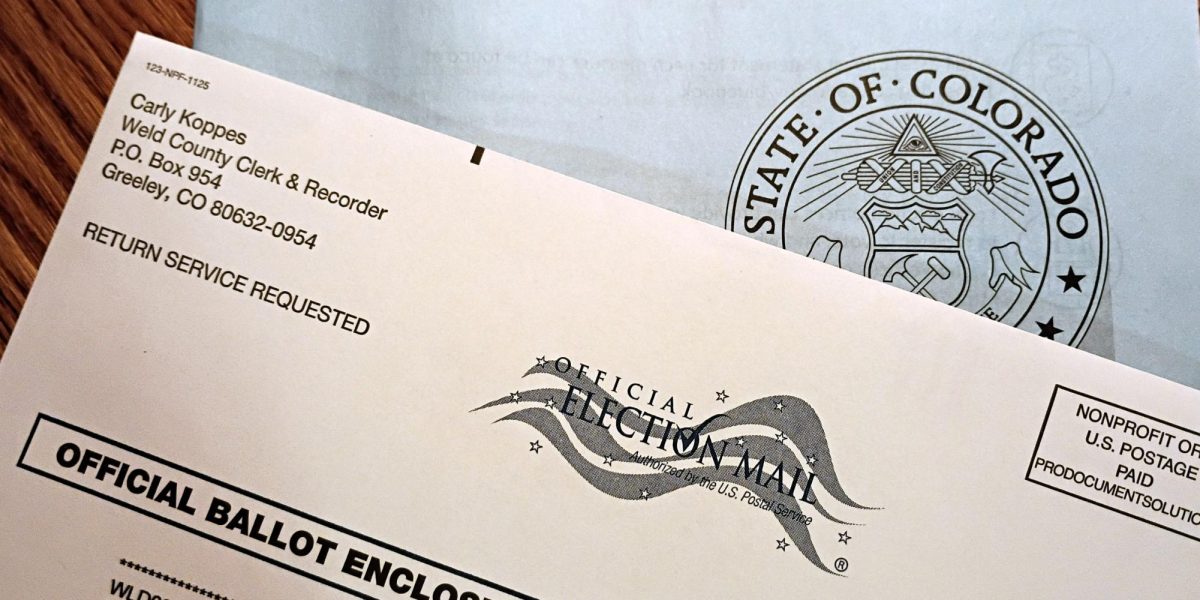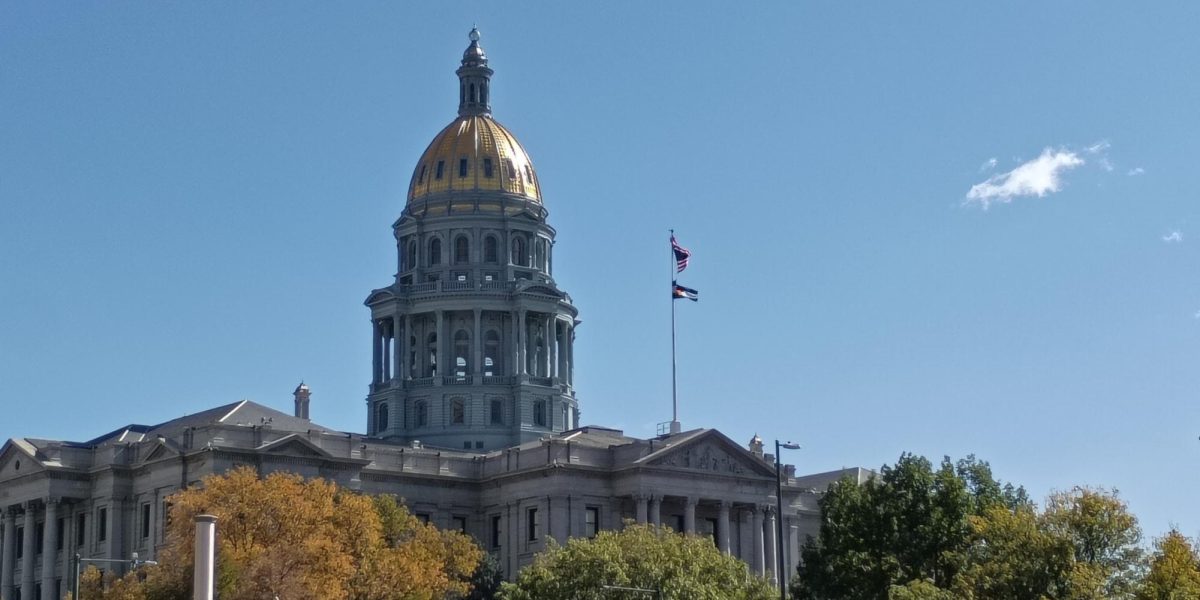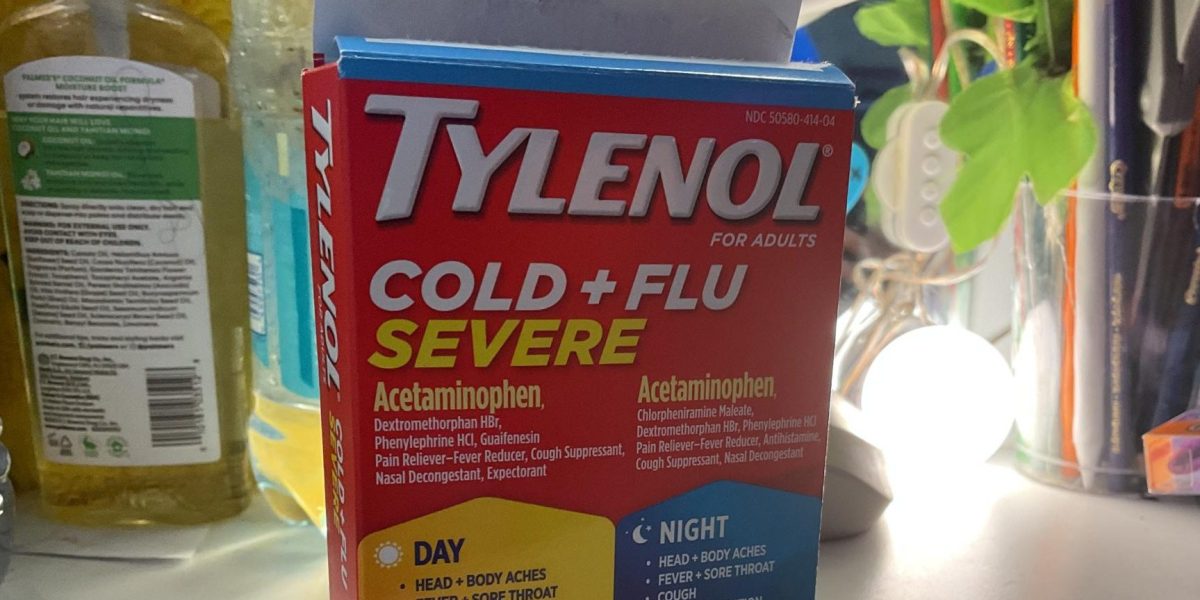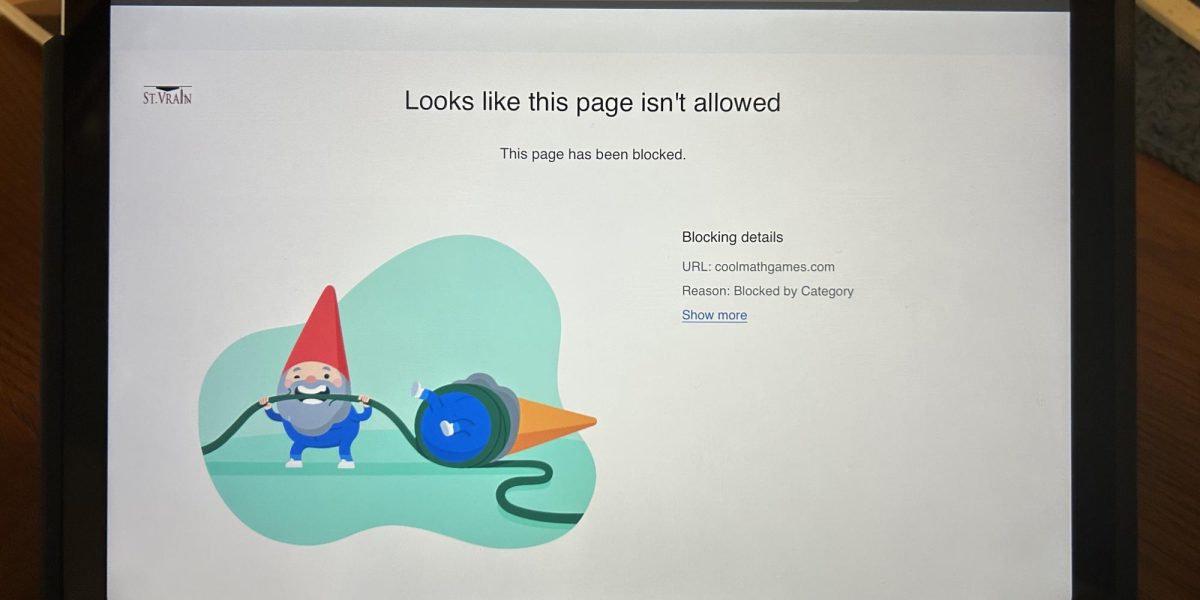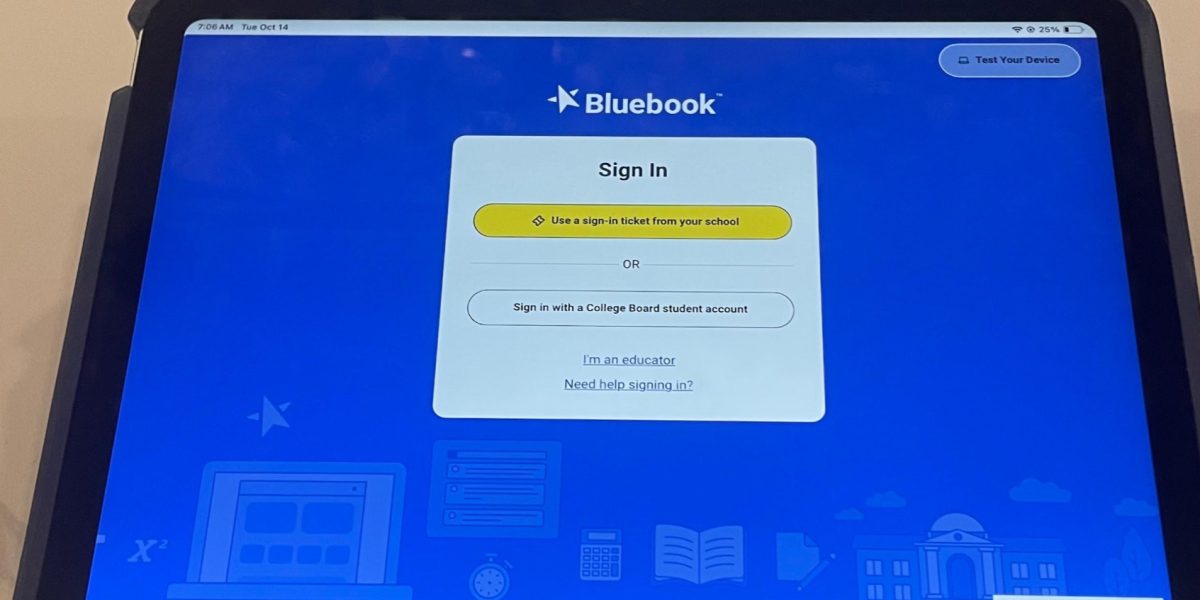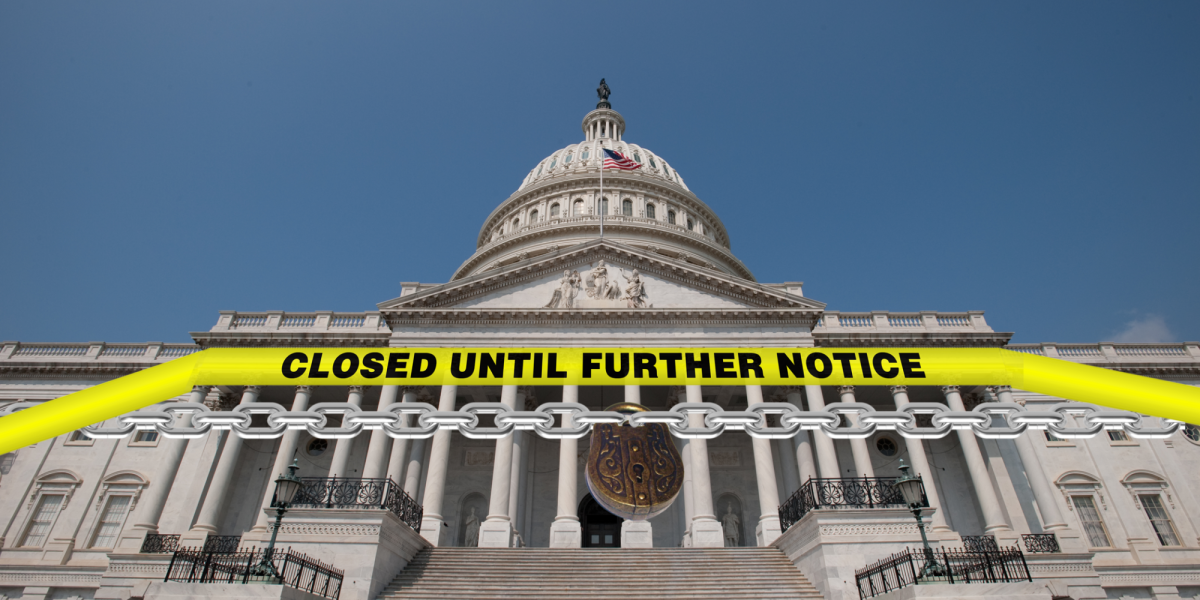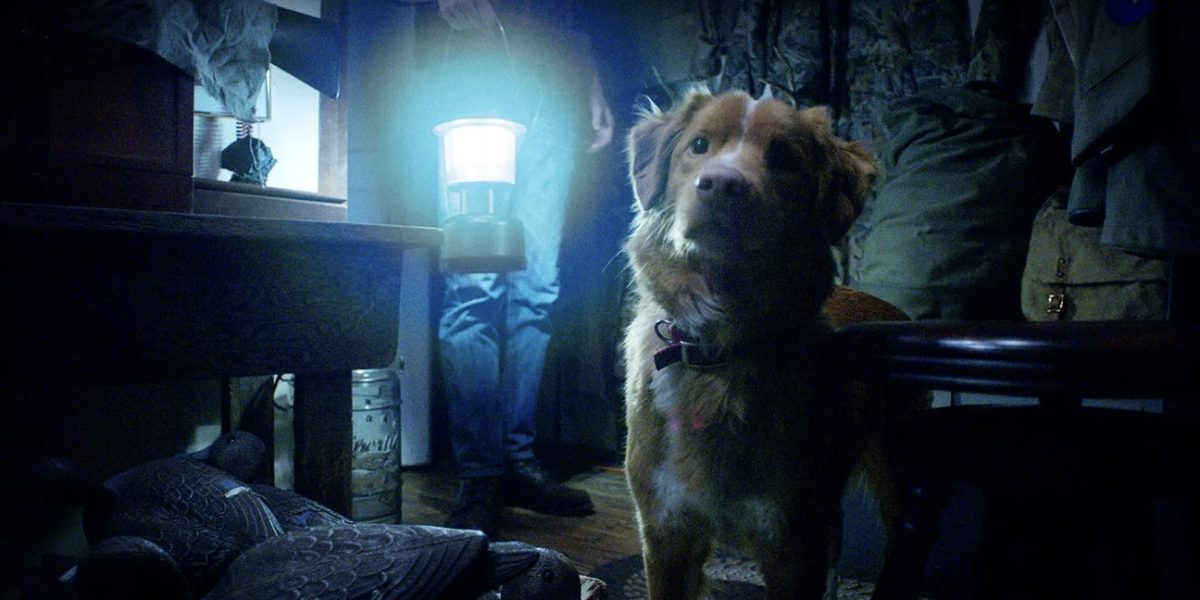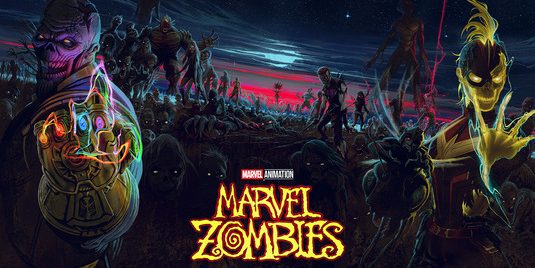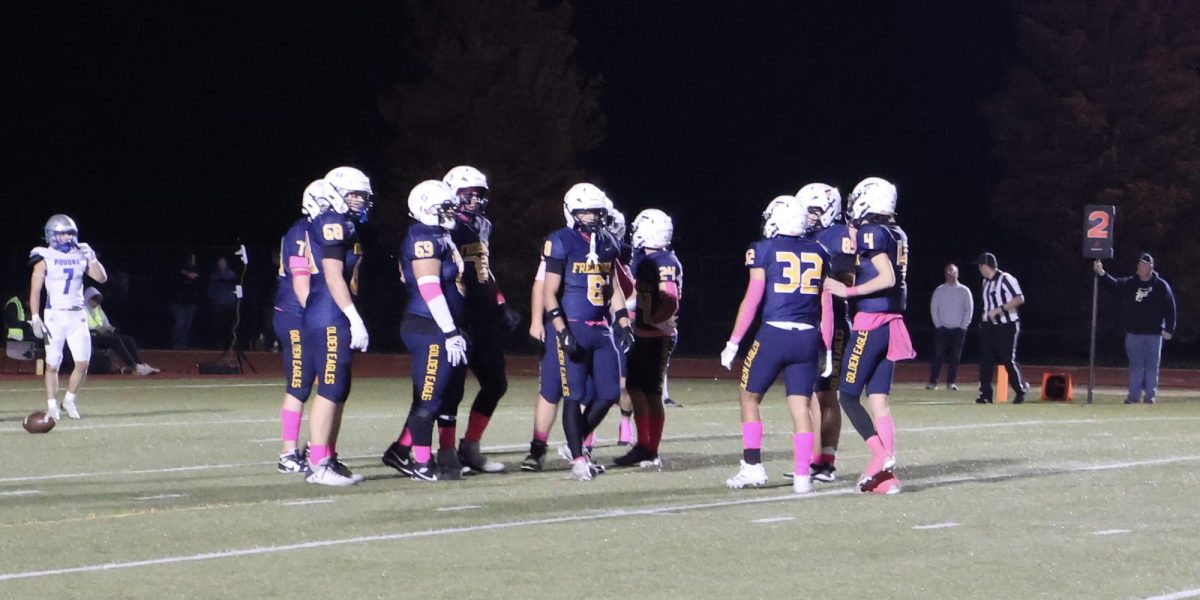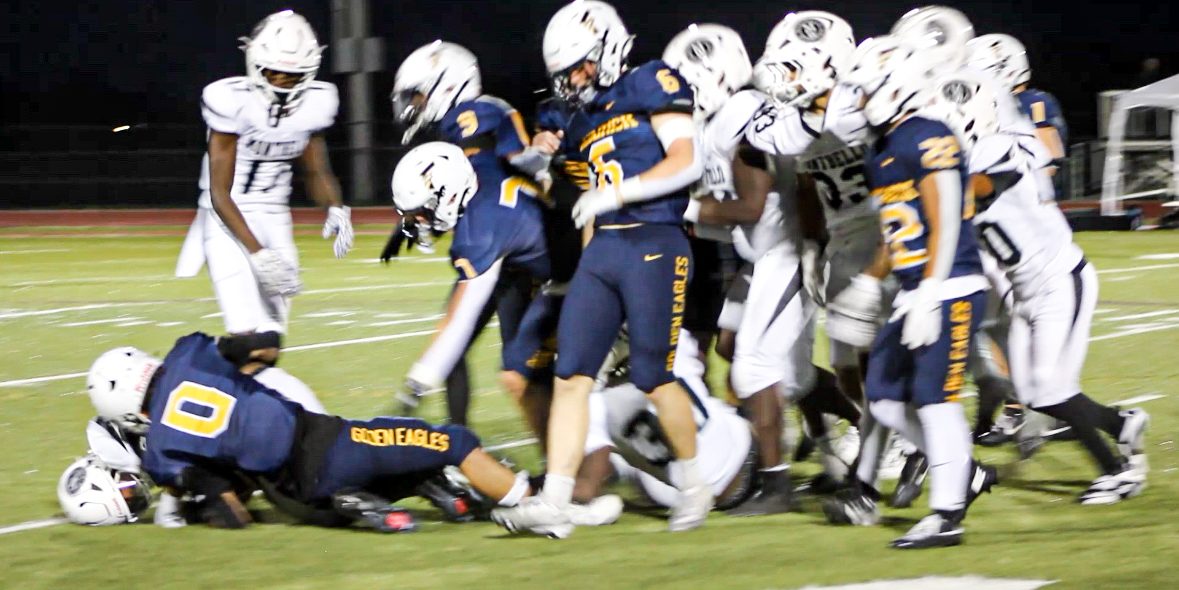A government shutdown has been set in place as of October 1 at 12:01 a.m.
Government funding has come to a halt after Republicans and Democrats could not agree on a budget bill. Though Republicans control the Congress and Senate, they are short the 60 needed votes needed to pass a “clean CR,” or a spending bill for the rest of 2025.
While there have been drastic budget cuts made by the government under Trump, this shutdown comes down to a single cut: subsidies to those enrolled in government insurance under the Affordable Care Act. These subsidies keep monthly insurance premiums low for around 24 million Americans and expire on November 1 this year. Democrats want to extend the subsidies (which would cost $350 billion over the next decade, according to the CBO); Republicans have been directed by President Donald Trump to “not negotiate” at all with Democrats.
Many government shutdowns have nearly happened in the past, the most recent being in December 2024, but this is the first shutdown that’s actually happened since 2018 (which also occurred under Trump). There have been 20 government shutdowns in U.S. history, with the longest occurring in 2018.
What is a Government Shutdown?
A government shutdown is exactly what it sounds like: when the federal government stops most government activity.
Though the government is short on funding due to overwhelming disagreement between parties, it does not mean that the government has no money. The government still earns money from taxes and fees among other income sources. What a shutdown means is that, with few exceptions, the government can’t spend any of the money they have.
Everything funded by the federal government will go unpaid for the foreseeable future. Thousands of employees will keep their jobs but are unable to work during the shutdown. Worse, other federal workers, such as air traffic controllers and soldiers, still have to work without a paycheck.
The local and state government of Colorado will continue to be moving, but federally funded programs and workers will remain unpaid with no work. This shutdown is expected to last only a couple days up to a couple weeks. (Nbcnews.)
According to CRP.org, in the hours leading up to the shutdown, the Senate tried but failed to pass a seven-week temporary funding measure that was presented a couple weeks ago. This measure would include health care assistance.
What Should Coloradans Expect?
All state-funded projects will still operate, like public libraries and local fire departments. Also, in the event you planned to catch a flight soon or send a package, air traffic controllers and most TSA employees will be working. If you have to send mail, USPS workers are still delivering mail, as the post office is not and has never been funded by the federal government.
Colorado will have over 54,000 federal workers without a paycheck during this shutdown. This includes weather forecasters at NOAA in Boulder, park rangers at Colorado’s four national parks, and USDA agencies that assist farmers in the state. Federal judges and court workers will be paid until October 17–if the shutdown lasts longer than that, they too will go without pay.
“This will have a damaging effect on the economy, coupled with the crippling tariffs that are costing every Colorado family already,” said Colorado’s governor Jared Polis.
Colorado’s members of Congress will receive their pay during the shutdown.
Many self-owned businesses would not be paid for federal contracts—some contractors, for example, could cut workers or even shut down forever due to unpaid bills on government projects.
If the shutdown were to last longer than a month, Colorado would receive help from WIC and SNAP, two programs created to aid relief for federal parts of the government. Colorado has also approved last-minute funding for food and medical assistance in advance of the government shutdown.
Federal public lands in Colorado will still be open—this includes four national parks, five national monuments, and eleven national forests—but will lack many services, as most will have no employees present. Governor Polis has said that he will work to use state funds to pay rangers at Colorado’s national parks.
A contentious aspect of this shutdown has been the messaging these federal agencies have communicated to the public. For example, a message posted on the US Forest Service website states, “The Radical Left Democrats shut down the government. […] President Trump has made it clear he wants to keep the government open and support those who feed, fuel, and clothe the American people.” This is potentially a violation of the Hatch Act, which prohibits neutral federal agencies and workers from partisan politics.
Why Can’t Congress Get the Government Funded?
The messaging around the shutdown found on government websites has matched the rhetoric from the Republican party. Vice President JD Vance stated that “we’re headed to a shutdown because the Democrats won’t do the right thing.”
This message may not be resonating with the American people: 78% of Americans polled support keeping the Affordable Care Act credits. If the credits expire, monthly premiums would increase an average of 114%—more than double—once the November 1 open enrollment period starts. This spike in costs would likely fall on more of Trump’s supporters than detractors, as 77% of Americans that get their insurance from the ACA live in states Trump won in 2024.
Leading up to the shutdown, Trump cancelled meetings with House Minority Leader Hakeem Jeffries and Senate Majority Leader Chuck Schumer, so it remains to be seen if there will be any ongoing negotiations between Democrats and Republicans to end the shutdown. Unlike the near-shutdowns under President Biden, there were no eleventh-hour debates in the House to try to come up with a solution—House Majority Leader Mike Johnson told House members to go back to their home districts instead.
So What’s Next?
For the shutdown to be resolved, a bill needs to pass. Either the current bill without subsidies needs to pass the Senate, or a new bill with subsidies restored must be introduced and pass both the House and Senate. The current bill will only pass if five Democrats in the Senate vote with the Republicans, which they have promised not to do. A new bill would require six Republican votes in the House and 15 in the Senate and the signature of Trump. Both scenarios are, as of writing, unlikely, with neither side willing to budge.
This impasse will only pass once one side gets enough backlash to move its members to change their votes. A third of all senators and the entire House are up for election next year, so each party is trying to get public pressure on the other side. For Republicans, this means blaming the shutdown on Democrats on official government websites. For Democrats, this means public organizing—the left has several protests, including a sequel to this summer’s No Kings, scheduled for this month. If the shutdown lasts until after November 1, it’s likely that the sudden spike in insurance costs will motivate a lot of the electorate to make their voices heard.
Until then? Our divided government and nation ensures there won’t be a solution anytime soon.



